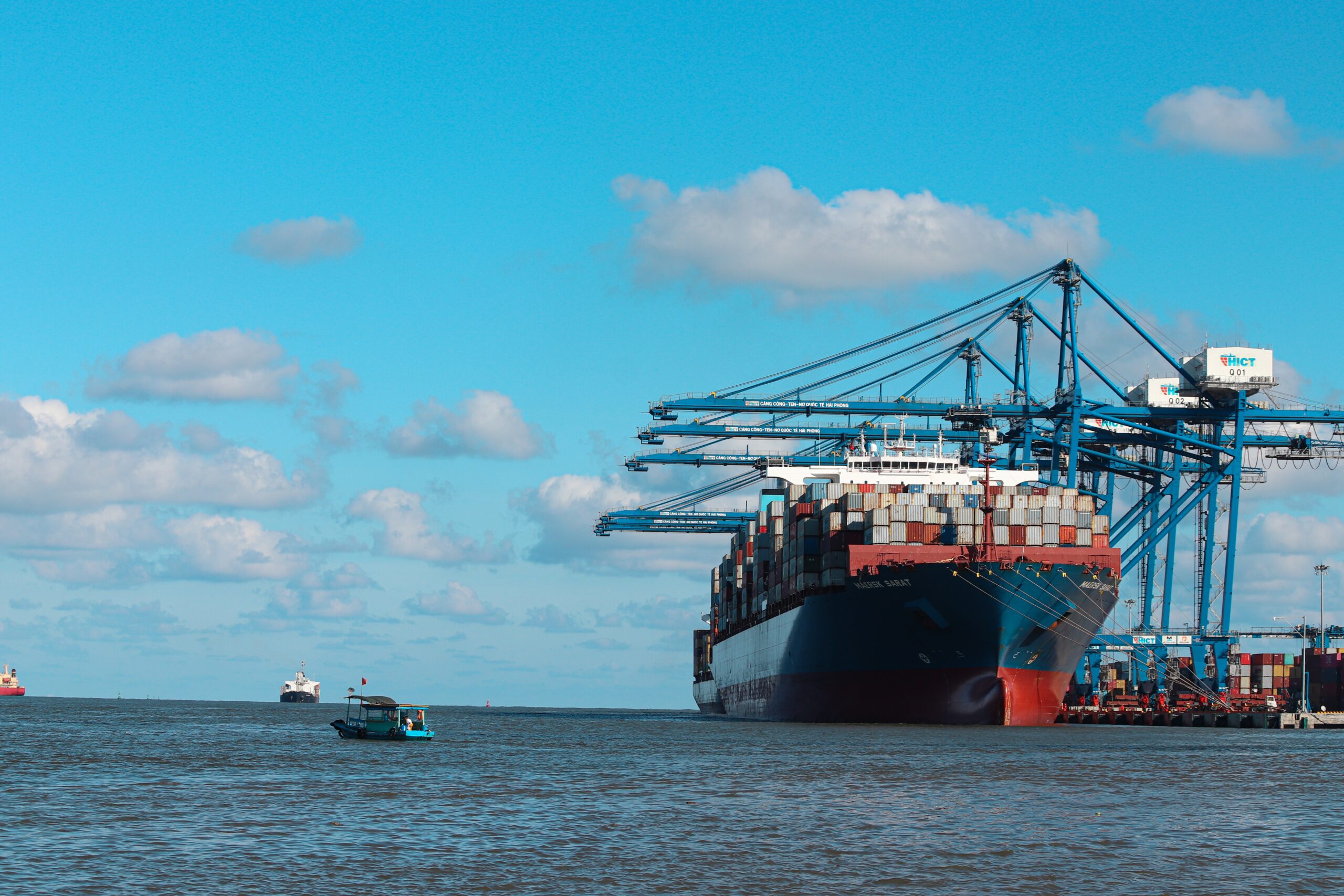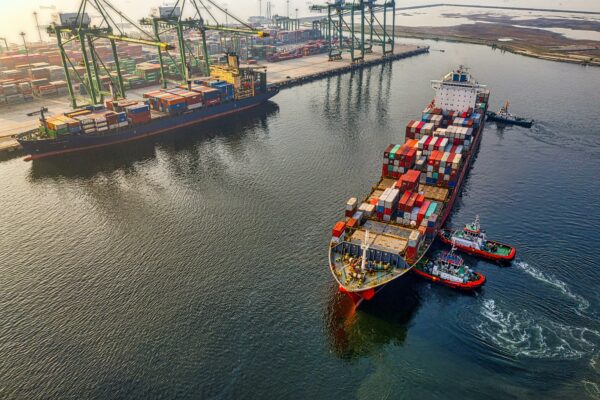How can shippers plan around schedule reliability?
May 15, 2023
Scroll to find out more
May 15, 2023
Scroll to find out more

The dream of the clockwork, just-in-time supply chain has taken a beating in recent years, with a seemingly endless parade of factors arising to waylay the best laid planners of logisticians all over the world. With manufacturing, port and transport conditions changing on a regular basis, the chances of orders arriving on time and in full have become slimmer – from the pandemic disruptions of the Covid-era to the bank sailings and route cancellations that have attended the recent decline in rates. It is clear to everyone – logistics reliability is becoming a phrase of the past.
For shippers aiming to keep warehouses full, costs down and consumers happy, the challenges of managing changing schedules present a daily risk. Balancing inventory levels in a scenario where vessels schedules are changing daily can lead to retailers being over- or under-stocked, working capital tied up in delayed shipments and extra costs incurred from D&D or customs charges. We recently sat down with schedule-expert Niels Madsen from industry-leading consultancy Sea-Intelligence to understand where the changing shipping market has left schedule reliability and just what shippers can do about it.
Given the sheer number of moving parts required to plan, load, move and unload a vessel during normal operations, it can seem like a small marvel the amount that so many shipments arrived on time. In fact, prior to the pandemic, schedule reliability globally was commendable, ranging between 70 to 90% across all carriers. However, the onset of the pandemic brought about a stark change, with global reliability plummeting to 30% in 2021 in the face of understaffed ports, snap lockdowns and widespread congestion.
These trends were mirrored in individual trade lanes, such as the Asia-Europe and transpacific routes. Particularly in the Trans Pacific region, congestion led to alarming decreases in schedule reliability, with figures falling as low as 10% at certain times.
Despite these challenges, the past six months have shown signs of recovery. Reliability rates are inching upwards, reaching around 40 to 55% recently. The pace of this recovery, however, differs across trade lanes, with some routes recuperating faster than others, with carriers also taking different approaches in line with their own priorities.
In the face of the recent drop in rates, some have opted for blank sailing programs, eliminating entire services, while others omit ports, maintaining services from nearby ports but not from the always expected ones. These decisions significantly affect customers’ experiences and can influence future decisions, especially at short notice. ‘The problem comes when they have these last minute cancellations and last minute capacity rules, then it will have a heavy impact on the schedule reliability,’ explains Niels.
While much attention has been pointed at carriers’ aggressive strategies for controlling capacity, the issue has its origin with shippers. Outside of contract agreements, carriers have relatively limited visibility over upcoming volumes, meaning they may not have the information to decide whether to run a service until relatively close to the departure date.
However, despite the lessons learned during the pandemic, carrier behaviour seems to have shifted today. While the drop in volumes should have led to a massive cut in available volume, many carriers seem to be staying the course, being relatively conservative with service management.
As Niels explains, ‘Carriers have a lot of cash stocked around and it seems like they’re willing to spend some of that on keeping the capacity running rather than to withdraw it, which would’ve been a normal case.’ With war chests full after strong revenues during the pandemic, carriers are looking to keep market share, which means keeping schedules moving.
When it comes to judging rates and capacity, it’s worth considering also:
At this point, simply reducing capacity as they did during the pandemic won’t be enough. But for some carriers this may not even be the goal.
From maintaining a solid ocean freight schedule to the consolidation of services, Carriers are taking distinct positions when it comes to hanging on to business, with some aiming to become end-to-end survive providers, with the attendant obligation for reliable service.
‘Maersk has taken one extreme of the end-to-end strategy, MSC less so, while Hapag-Lloyd literally went out and said we don’t want to be end-to-end care.’ says Niels.
For those looking to own the whole journey, carriers may be willing to accept lower ocean freight rates to secure the more lucrative land-based transport segments of the supply chain, potentially undercutting competitors who aren’t as invested in end-to-end services. But there is also scope for shippers themselves to play a greater role in making schedules work for them, on their terms.
Even in pre-Covid days, schedule reliability is never 100%. There are just too many moving parts – but the increased presence of supply chain management technology could play a key role in mitigating the impact of changing conditions
Zencargo is the digital freight forwarding partner for some of the world’s fastest growing businesses, working as an extension of their supply chain to ensure smooth and efficient transport from order to delivery.
Our team of logistics experts can help your business adapt to disruptions, not only notifying you automatically if conditions change but implementing contingency plans to keep your supply chain moving. Zencargo’s supply chain platform provides real-time tracking to ensure that your team stays in the loop regarding your cargo.
To find how we can help you build an efficient, trackable, results-driven supply chain you can rely on, get in touch with our team today.

If you’re looking for a partner who can support you through 2024, and beyond, w...

Last updated: Monday 3pm BST On Friday 19th July, an unprecedented global issue...
